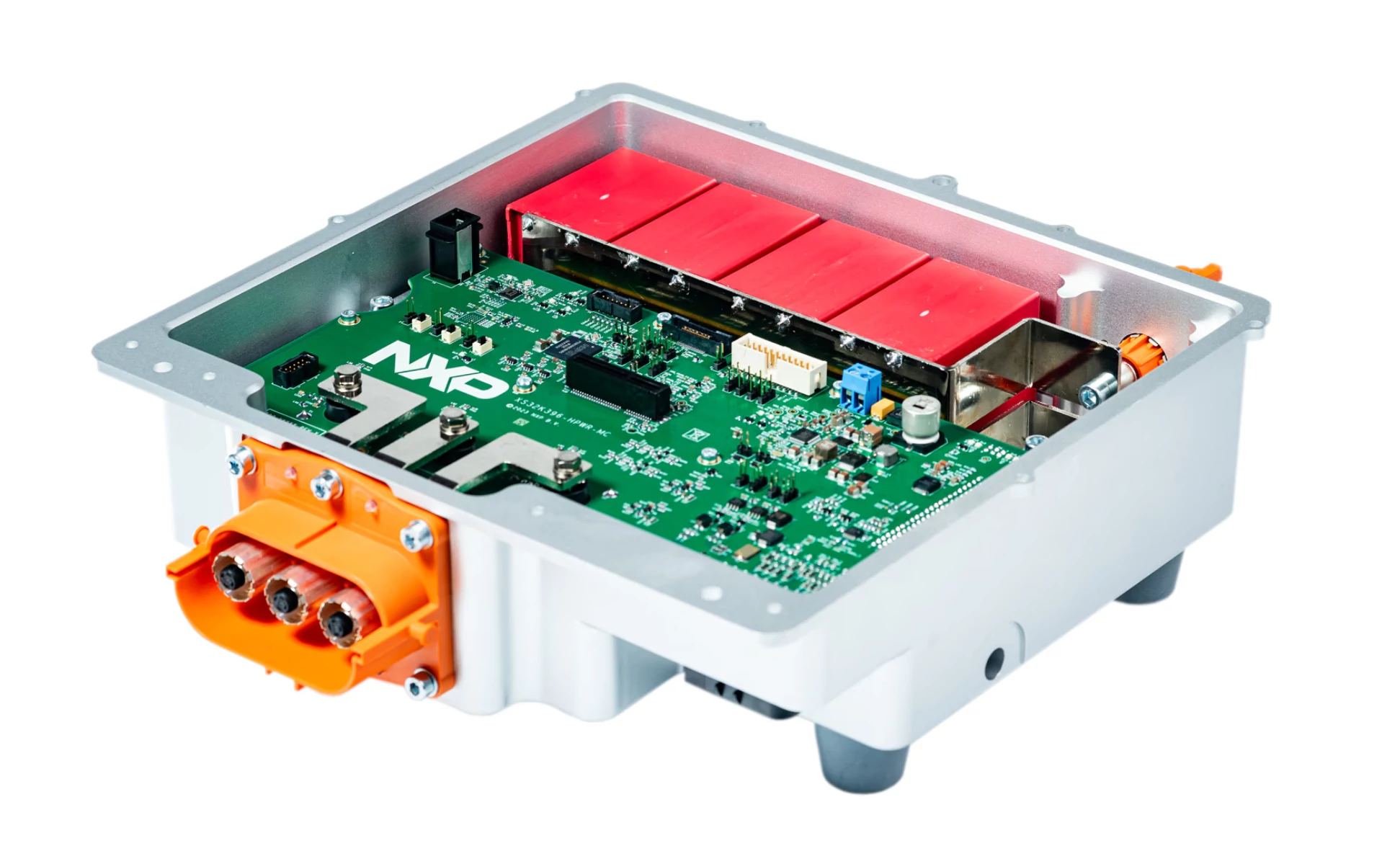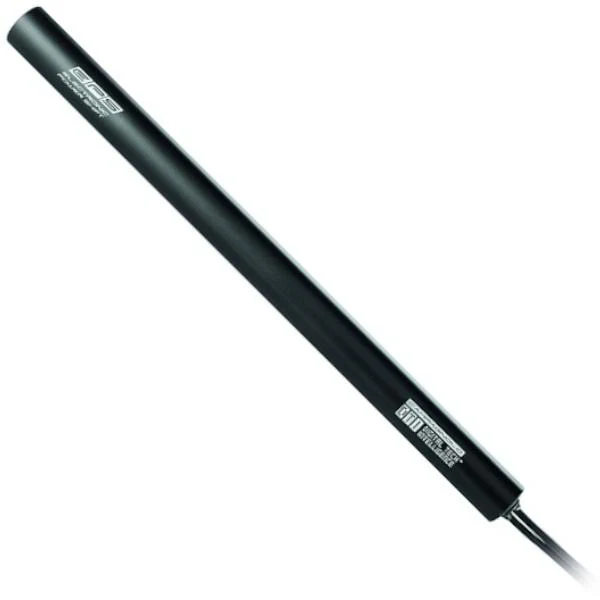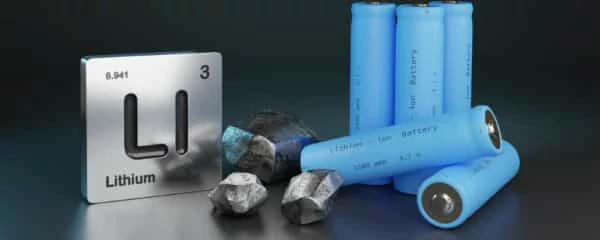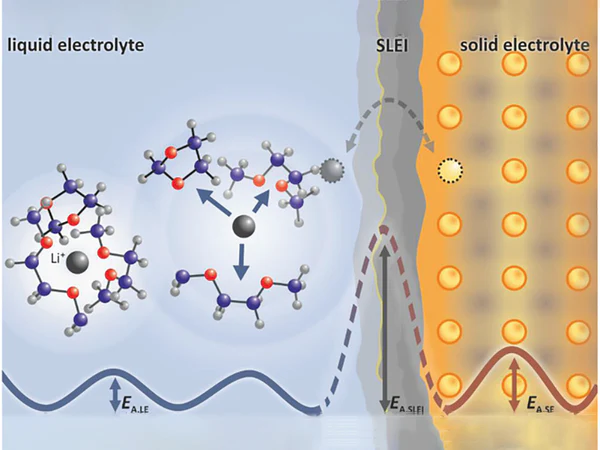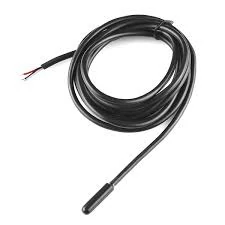How do inverters ensure the stability and continuity of power...
The composition material of EPS AC charging interface
With the rapid development of electric vehicles and renewable energy technologies, AC charging interfaces in power systems (EPS) are becoming increasingly important. The AC charging interface not only ensures efficient and safe power transmission, but also needs to be durable to adapt to a variety of use environments. This paper will focus on the main components of EPS AC charging interface, including plug, insulation housing, locking mechanism, etc.
plug
The plug is a crucial component of the EPS AC charging interface, and its main function is to achieve current transmission between the charging device and the grid. The material of the plug usually includes pure copper or copper alloy to ensure excellent electrical conductivity.
copper
Copper is a commonly used conductive material, because of its high conductivity and low contact resistance, making it the material of choice for plug manufacturing. The pure copper plug delivers current efficiently and minimizes energy loss. At the same time, copper's corrosion resistance makes it suitable for use in a variety of environments, including wet and changeable climate conditions.
Copper alloy
Copper alloys are materials made of copper combined with other metals, such as aluminum, nickel or tin, by adding other elements to improve strength and wear resistance. This alloy generally has better mechanical properties than pure copper and can perform well in frequently plugged scenarios and extend service life. In addition, because the copper alloy also has good electrical conductivity, it can still maintain efficient current transmission.
Surface treatment: nickel plating and gold plating
In order to further improve the corrosion resistance and electrical conductivity of the plug, the surface of copper or copper alloy is mostly nickel-plated or gold-plated. Nickel plating layer has excellent corrosion resistance, can effectively resist oxidation and corrosion, suitable for long-term outdoor use. At the same time, gold plating has a lower contact resistance and can maintain good conductivity in the case of frequent insertion and removal. These surface treatments improve the reliability of the plug and extend its service life.
Insulating case
Insulating enclosures play a key role in protecting electrical components from external interference and short circuits. Depending on the application requirements, the material of the insulation shell is usually polycarbonate (PC) or polypropylene (PP).
Polycarbonate (PC)
Polycarbonate is an excellent engineering plastic with excellent insulation properties, toughness and heat resistance. Its excellent impact resistance enables polycarbonate to protect internal components in high-pressure and high-temperature environments, ensuring safe operation of the equipment. In addition, the transparency of the material also allows visual inspection in some applications to ensure that the interface is clean and safe.
Polypropylene (PP)
Polypropylene is a lightweight and low-cost insulating material with high chemical resistance and certain strength. Polypropylene is widely used in insulating enclosures because it can meet most power transmission needs while reducing overall costs. Although its physical strength is not as good as polycarbonate, it is enough to meet some more common use scenarios.
Locking mechanism
The locking mechanism is an important part to ensure the stability and security of the connection, and is usually designed in the form of a combination of metal and high-strength plastic.
Metal locking mechanism
Materials such as stainless steel or nickel-plated steel are generally used, which can provide high strength and durability, and are suitable for high-strength application scenarios, such as public charging piles. This mechanism ensures that the plug will not accidentally detach during use, increasing safety.
High strength plastic locking mechanism
Locking mechanisms made of engineering plastics are relatively lightweight and low cost, suitable for home and lightweight application scenarios. The good design ensures that if any force is applied, the plug can be firmly locked to prevent charging interruption.
CONCLUSION
The design and material selection of AC charging interface of EPS are very important for the performance safety of charging equipment. Plugs are made of highly conductive copper and copper alloys with nickel or gold plated surface treatment to enhance corrosion resistance; The insulating case uses polycarbonate and polypropylene with excellent properties to provide effective protection; The locking mechanism ensures the stability and security of the connection through the combination of metal and high-strength plastic. The well-configured materials and design enable the EPS AC charging interface to meet the diverse needs of modern power supply, bringing a safe and reliable charging experience.
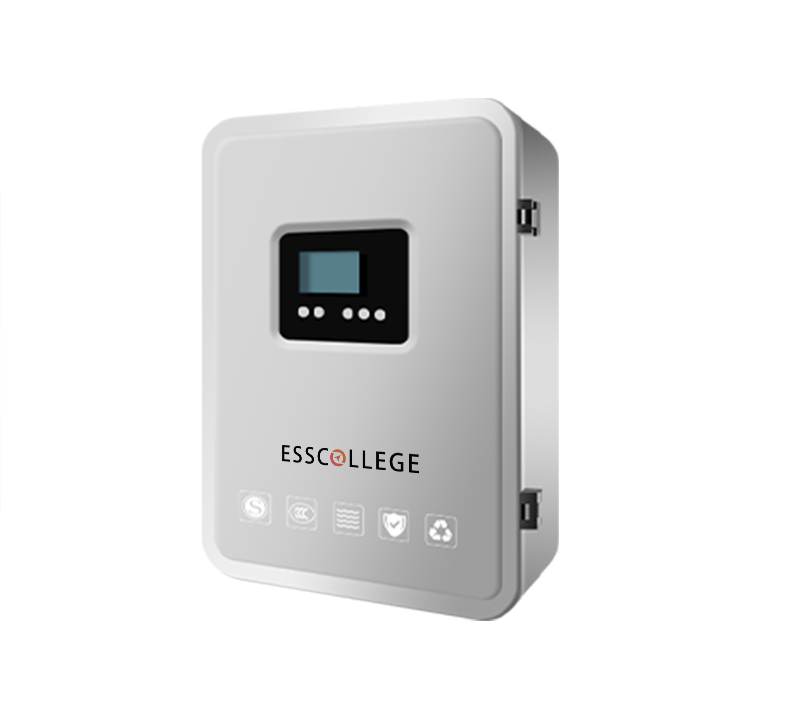
EPS BATTERY SERIES
The centralized power supply for fire emergency lighting is a kind of backup power supply equipment, which provides power guarantee for emergency lighting equipment to ensure that the on-site lighting equipment can operate normally in emergency situations such as fire. Provide a long-term backup power supply to meet the needs of the emergency lighting system.
Extended reading
What are the differences in security between different charging interfaces?
What are the differences in security between different charging interfaces?...
This section describes the battery in the EPS battery unit
This section describes the battery in the EPS battery unit...
Battery cell – lithium-ion battery
Battery cell – lithium-ion battery Lithium-ion batteries are one of...
EPS inverter protection circuit analysis – temperature sensor
EPS inverter protection circuit analysis – temperature sensor Emergency power...
THE ESSC Brand promise
Global supply
Our products sell well all over the world, covering many countries and regions, through the global logistics network, to provide customers with convenient purchasing experience.
Rigorous quality
We adhere to the highest quality control standards to ensure every product meets industry regulations and customer expectations, earning trust through consistent excellence.
Excellent service
With a customer-centric approach, we provide prompt responses, professional support, and personalized services, aiming to deliver the best user experience and long-term value.
